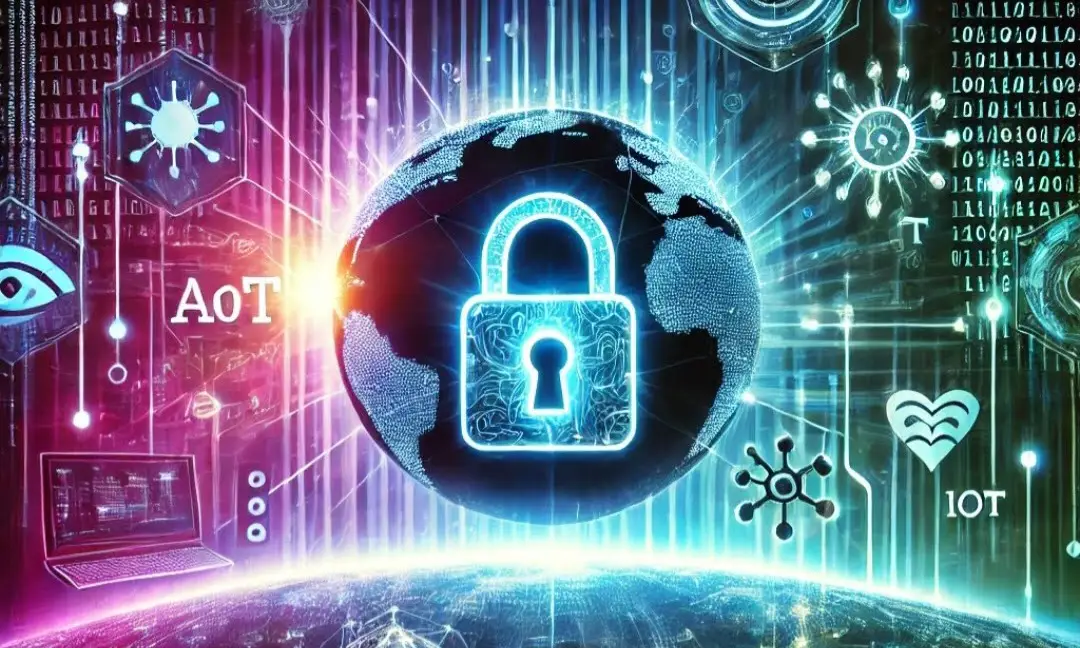The digital landscape is constantly evolving, and as technology advances, so do the methods employed by cybercriminals. In 2025, cybersecurity remains a top priority for individuals, businesses, and governments. Understanding emerging threats and how to mitigate them is crucial for staying protected in an increasingly interconnected world. This article explores the most pressing cybersecurity threats in 2025 and how you can defend against them.
1. Ransomware-as-a-Service (RaaS)
Ransomware attacks have escalated in sophistication, and the rise of Ransomware-as-a-Service (RaaS) is amplifying this threat. RaaS platforms provide pre-packaged ransomware tools to less skilled hackers for a fee or revenue share, democratizing cybercrime.
Why It’s a Threat in 2025:
- Increased accessibility to advanced ransomware tools.
- Targeted attacks on critical infrastructure, healthcare, and financial institutions.
- Growing use of double extortion tactics, where attackers threaten to leak data if ransoms aren’t paid.
How to Mitigate:
- Implement robust data backup solutions.
- Regularly update software and systems.
- Conduct employee training to identify phishing attempts.
2. Deepfake Technology in Cybercrime
Deepfake technology, powered by artificial intelligence (AI), has progressed significantly. In 2025, cybercriminals are exploiting this technology to create convincing fake videos and audio clips for fraud, identity theft, and misinformation campaigns.
Examples of Deepfake Threats:
- Impersonating executives to authorize fraudulent transactions (CEO fraud).
- Creating fake evidence in legal or political scenarios.
- Exploiting social media for scams or reputational damage.
How to Mitigate:
- Use AI-based detection tools to identify deepfakes.
- Educate employees about deepfake risks.
- Verify information through multiple trusted sources.
3. IoT Vulnerabilities
The Internet of Things (IoT) ecosystem is expanding rapidly, with billions of connected devices worldwide. These devices often lack robust security measures, making them a prime target for hackers.
Key IoT Security Risks:
- Botnet attacks, where compromised devices are used for Distributed Denial of Service (DDoS) attacks.
- Exploitation of smart home devices to invade privacy.
- Targeting industrial IoT systems, causing operational disruptions.
How to Mitigate:
- Regularly update IoT firmware.
- Use strong, unique passwords for each device.
- Segment IoT devices on a separate network.
4. Advanced Phishing Attacks
Phishing remains one of the most common cyber threats, but in 2025, attackers are employing more advanced techniques, such as AI-generated phishing emails and voice phishing (vishing).
New Phishing Trends:
- Personalized phishing attacks using data from social media.
- Real-time phishing attacks targeting multi-factor authentication (MFA).
- Increased use of SMS and social media for phishing.
How to Mitigate:
- Deploy email filtering tools with AI-based detection capabilities.
- Implement strong MFA for all accounts.
- Conduct regular phishing simulations and training.
5. Supply Chain Attacks
Supply chain attacks involve compromising a third-party vendor or service provider to infiltrate a target organization. These attacks are particularly dangerous due to their wide-reaching impact.
Notable Supply Chain Threats:
- Inserting malware into software updates or hardware components.
- Exploiting trusted relationships between vendors and clients.
- Targeting cloud service providers to access multiple organizations.
How to Mitigate:
- Vet third-party vendors for security compliance.
- Monitor and audit supply chain activities.
- Use Zero Trust principles to limit access to critical systems.
6. AI-Powered Cyberattacks
While AI enhances cybersecurity, it also empowers attackers. AI-driven cyberattacks are faster, more adaptive, and harder to detect, posing a significant challenge in 2025.
Examples of AI-Powered Threats:
- Automated phishing campaigns that adapt in real-time.
- AI-generated malware capable of evading detection systems.
- Weaponizing AI to exploit vulnerabilities faster than defenders can react.
How to Mitigate:
- Invest in AI-powered defensive tools.
- Monitor network traffic for unusual patterns.
- Collaborate with industry peers to share threat intelligence.
7. Quantum Computing Threats
Quantum computing is poised to revolutionize computing, but it also threatens current encryption methods. In 2025, cybercriminals are leveraging early-stage quantum technologies to crack traditional cryptographic algorithms.
Potential Risks:
- Breaking RSA and ECC encryption used in secure communications.
- Stealing sensitive data for future decryption (harvest now, decrypt later).
How to Mitigate:
- Transition to quantum-resistant encryption standards.
- Stay updated on developments in post-quantum cryptography.
- Conduct regular cryptographic assessments.
8. Insider Threats
Insider threats, whether malicious or accidental, remain a significant cybersecurity concern. Disgruntled employees, negligence, or lack of awareness can lead to data breaches or system compromises.
Key Examples:
- Employees leaking sensitive data.
- Accidental misconfiguration of systems.
- Insider collaboration with external attackers.
How to Mitigate:
- Implement strict access controls based on roles.
- Monitor user activity for unusual behavior.
- Foster a positive workplace culture to reduce malicious intent.
9. Cryptojacking
Cryptojacking involves unauthorized use of devices to mine cryptocurrency. This threat is evolving as cybercriminals target enterprise-level systems for greater computational power.
Why It’s Dangerous:
- Drains system resources, slowing down operations.
- Increases energy consumption, leading to higher costs.
- Can act as a gateway for additional malware.
How to Mitigate:
- Use anti-malware solutions with cryptojacking detection.
- Monitor CPU usage for unexplained spikes.
- Regularly update software to patch vulnerabilities.
10. Social Engineering Tactics
Social engineering remains a cornerstone of cybercrime in 2025, with attackers exploiting human psychology to gain unauthorized access to systems or data.
Emerging Tactics:
- Advanced pretexting schemes to gather information.
- Exploiting social media connections for spear-phishing.
- Using urgency and fear to manipulate victims.
How to Mitigate:
- Train employees to recognize social engineering attempts.
- Verify all requests for sensitive information.
- Use robust authentication methods to prevent unauthorized access.
Cybersecurity threats in 2025 are more complex and multifaceted than ever before. From ransomware and deepfake technology to AI-driven attacks and quantum computing risks, staying ahead requires a proactive and adaptive approach. By understanding these threats and implementing robust security measures, individuals and organizations can safeguard their digital assets and maintain resilience in an ever-evolving cyber landscape.










